Grandparents Day is September 10th! Here are some ideas of how to celebrate and make it a “storyful” day. (Think of the acronym T.E.L.L.)
- Take time to be together. This may look like reading a picture book together or it may look like talking over cups of coffee or chatting over the phone. A truth is time is one gift none of us can ever get back or get more of and so when we share it with someone, we are, in a sense, sharing one of our most valuable treasures.
- Enjoy something yummy together. What’s your favorite treat? Chocolate chip cookies? Ice cream? Whatever it is, enjoy it together. The smells and tastes of our favorite foods are often connected to sweet memories that make for great stories.
- Look back at the past together. Grandparents are a living connection to history, a real gift to grandchildren. Why not look back over family photo albums, visit a local historical site, or watch a history-focused show together? However you do it, ask questions, share stories and listen. Sometimes grandparents are shy of talking about the past. We obviously don’t need to know or share everything and can let some topics stay silent. But an encouragement for grandparents is that their stories may be just what a grandchild needs to be inspired and connected. Many of us these days need new connections, not only to people but also to hope. And stories from previous generations about overcoming struggles, seeing how life’s pieces came together and learning lessons may be the best way to give those connections.
- Laugh together. It’s been said that “A cheerful heart is good medicine” (Proverbs 17:22, NIV), so in your “storyful” day silly stories and jokes are welcome!
May you have a blessed and “storyful” day!
P.S. What if you don’t have grandparents with whom to celebrate? Well, like Andrew in My Own Grandpa by Leone Castell Anderson you may find an older person who needs a “grandchild”, too.
For a few recommended children’s books about life with the elderly, see this post.
Photo credit: Adobe Stock.

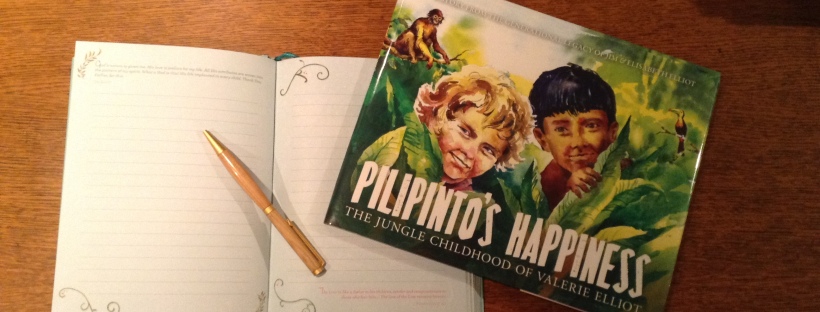
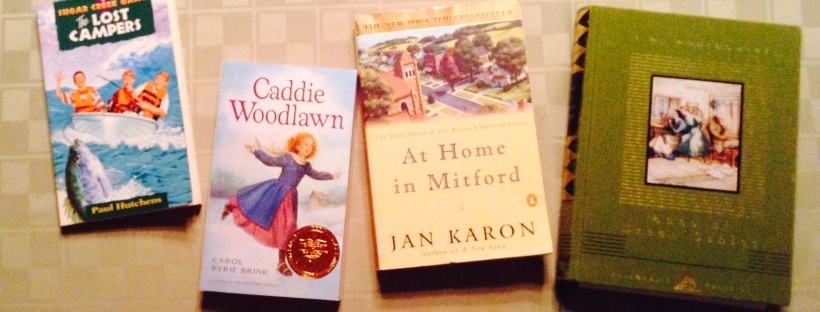
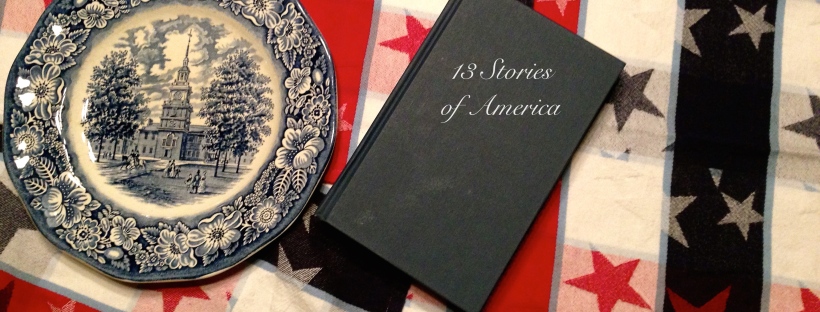

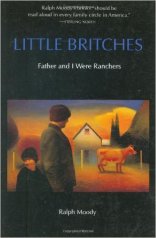 ng Ralph Moody and his family. Life is rough in the west at the beginning of the 20th century, but Ralph faces obstacles with admirable pluck. While your eyes might shimmer over the losses the Moody family faces in their new home, you will also laugh together at the wild adventures of hardworking Ralph. But be warned, you might just have to read the rest of the series to find out what happens…and you might end up with a bunkhouse full of little cowpokes on your hands!
ng Ralph Moody and his family. Life is rough in the west at the beginning of the 20th century, but Ralph faces obstacles with admirable pluck. While your eyes might shimmer over the losses the Moody family faces in their new home, you will also laugh together at the wild adventures of hardworking Ralph. But be warned, you might just have to read the rest of the series to find out what happens…and you might end up with a bunkhouse full of little cowpokes on your hands!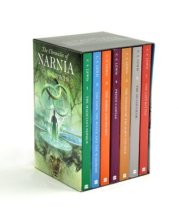 f Narnia
f Narnia 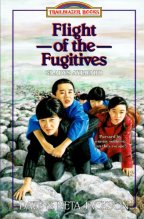 an make for great shared story times. I haven’t read Flight of the Fugitives in quite some time, but I remember the story of missionary Gladys Aylward. This kind of book can introduce readers to people and places that would otherwise lie unknown. It can help us to better understand the world in which we live as we get to know people who have gone before us and cultures different from our own. Books like this can definitely lead to cries of “Just one more chapter! Please!”
an make for great shared story times. I haven’t read Flight of the Fugitives in quite some time, but I remember the story of missionary Gladys Aylward. This kind of book can introduce readers to people and places that would otherwise lie unknown. It can help us to better understand the world in which we live as we get to know people who have gone before us and cultures different from our own. Books like this can definitely lead to cries of “Just one more chapter! Please!”


